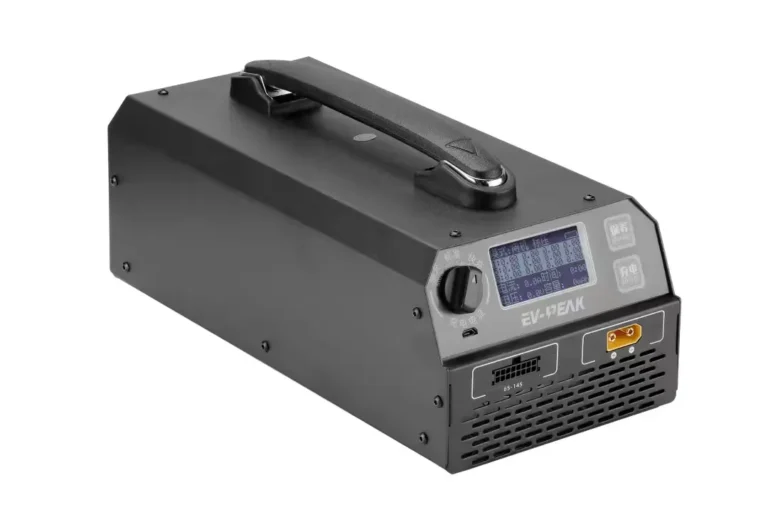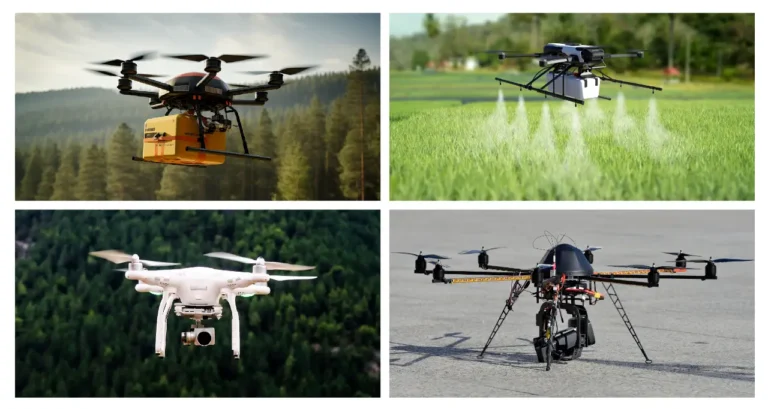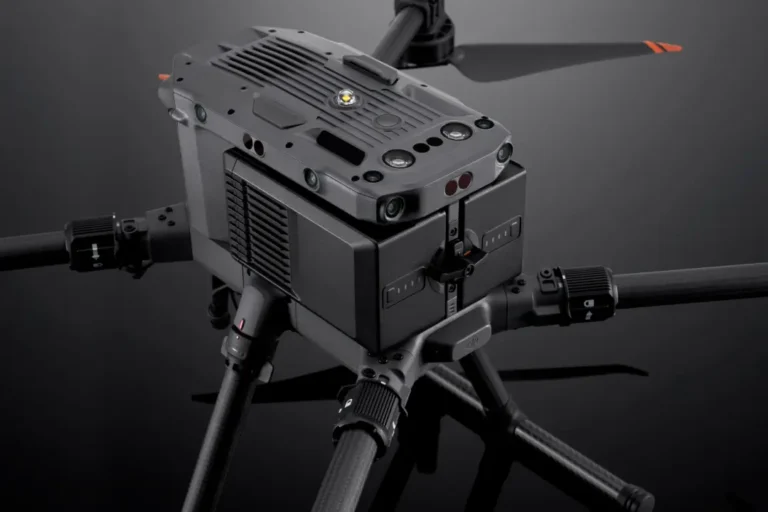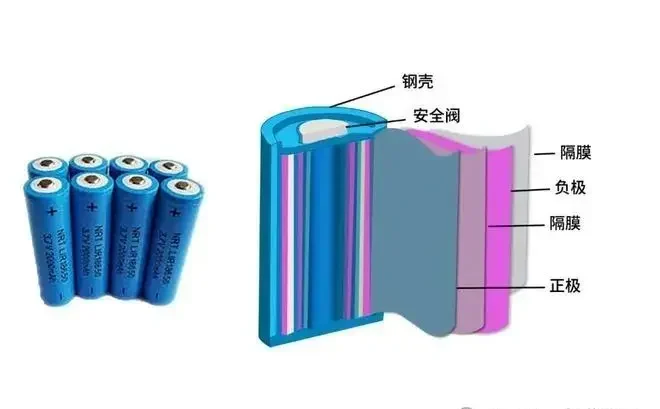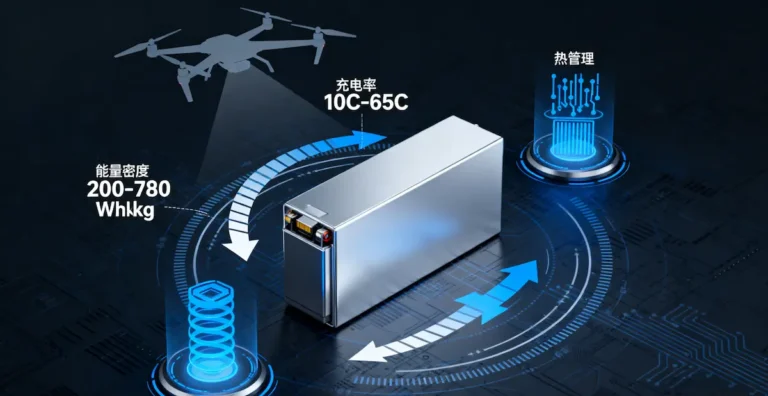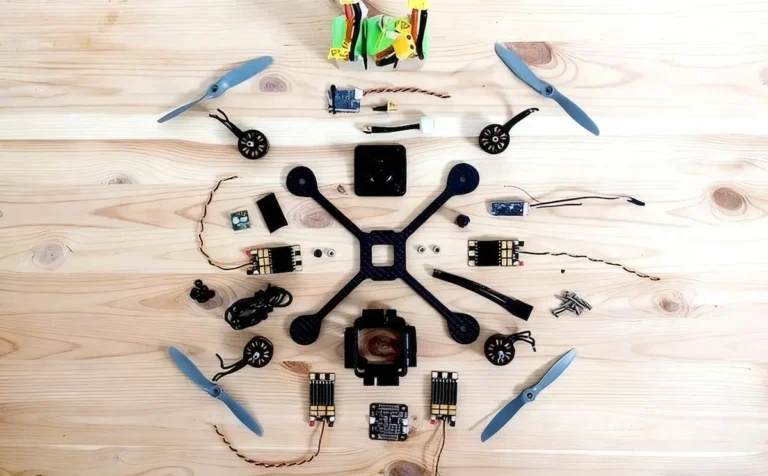2025 In-depth analysis of the working principle of lithium battery
I. Lithium battery charging process: the long march of lithium ion
1. Lithium battery anode de-embedding: the starting point of energy activation
Electric field drive: external voltage is applied → lithium ion is energized to get out of the anode laminar structure (e.g. LiCoO₂)
Electron transfer: electrons flow to the negative electrode through the external circuit, and lithium ion opens up the solid-phase diffusion (diffusion coefficient ≈ 10-¹⁴ m²/s)
2. Li-ion battery CEI membrane: guarding barrier for positive electrode
| Ingredients | function | technological breakthrough |
|---|---|---|
| Lithium phosphate (Li₃PO₄) | Building an ion channel framework | Chinese team optimizes crystallinity to improve conductivity |
| polymer | Reduce interface impedance | BYD’s patented additive reduces resistance by 30% |
| lithium salt derivatives | Inhibition of transition metal dissolution | CATL’s nano-coating technology |
Engineer’s warning: Uneven growth of CEI film leads to localized overfilling, controlling thickness <5nm is key
3. Electrolyte migration: the dance of the solvated sheaths
Diffusion rate equation:
v = \frac{D \cdot \Delta C}{\eta \cdot d}
(D: diffusion coefficient, η: viscosity, d: migration distance)
Temperature sensitivity: 300% surge in electrolyte viscosity at -20°C → ion migration rate plummets
4. SEI membrane formation: the lifeblood of the negative electrode
First charge reduction reaction:
2EC + 2e- + 2Li⁺ → (CH₂OCO₂Li)₂ + C₂H₄
Core Functions:
- Electronic insulator (resistivity > 10⁹ Ω-cm)
- Lithium-ion conductor (conductivity ≈ 10-⁸ S/cm)
- Inhibition of solvent co-embedding (graphite swelling <10%)
5. Desolventization: the life and death of fast charging
Energy barrier: 0.5-1.2eV barrier to be overcome to remove solvent molecules
Breakthrough solution:
- Electrolyte design: add FEC to reduce desolvation energy (Azalea 150kWh semi-solid state battery)
- Negative electrode modification: gradient doping on hard carbon surface (CNA patent)
6. Graphite embedding: microstructure wars
| question | consequences | solutions |
|---|---|---|
| LiC₆ phase change stress | Graphite interlayer spacing from 3.35Å to 3.7Å | Honeycomb Energy Multi-level Pore Design |
| dislocation accumulation | Accelerated capacity degradation | Bettery Pre-Lithiation Technology |
| SEI rupture regeneration | Continuous consumption of active lithium | Add LiDFOB self-healing additive |
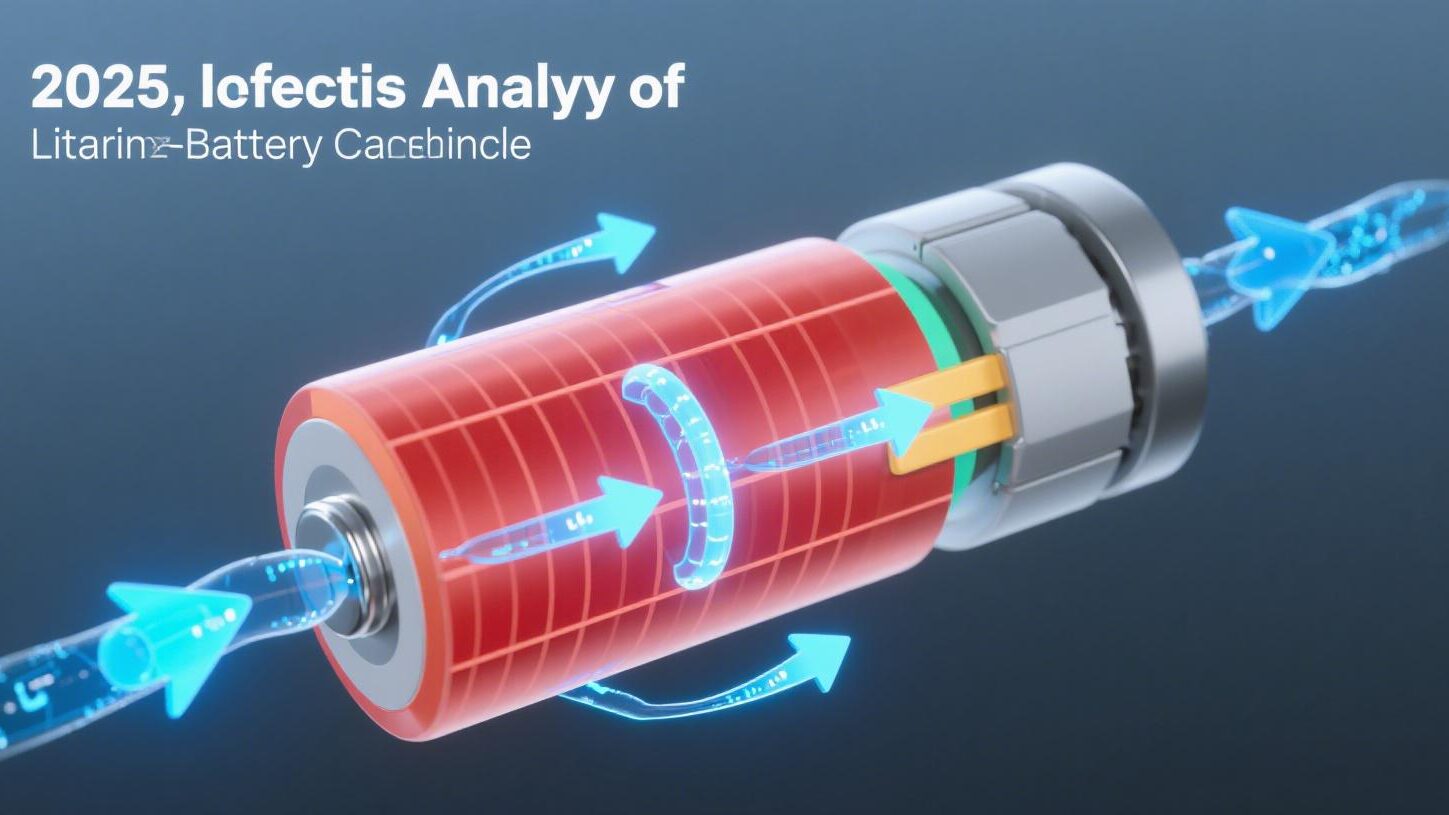
II. Discharge process: precise control of energy release
1. Three laws of reverse migration
(1)Electric field reversal:
electrons flow back to the positive electrode through the external circuit (current density ≈ 20mA/cm²)
(2)Concentration gradient drive:
anode lithium ion concentration > positive electrode → diffusion pressure difference formation
(3)Solvation re-assistance:
EC/EMC solvent recombination transport sheaths
2. Core regulatory parameters of the BMS
| parameters | reasonable range | risk of losing control |
|---|---|---|
| temperature | 15-35℃ | <-10℃ lithium deposition|>45℃ SEI decomposition |
| discharge rate | <1C (power cell) | >3C causes concentration polarization |
| cut-off voltage | 3.0V±0.1V | <2.8V causes copper foil dissolution |
3. Energy barrier breakthrough in anode embedding
- Layered material: Li⁺ embedding channel diameter ≈ 2.8Å (requires stripping of solvent sheath)
- Spinel structure: 3D diffusion path reduces resistance by 50% (Ningde Times LiFeMn program)
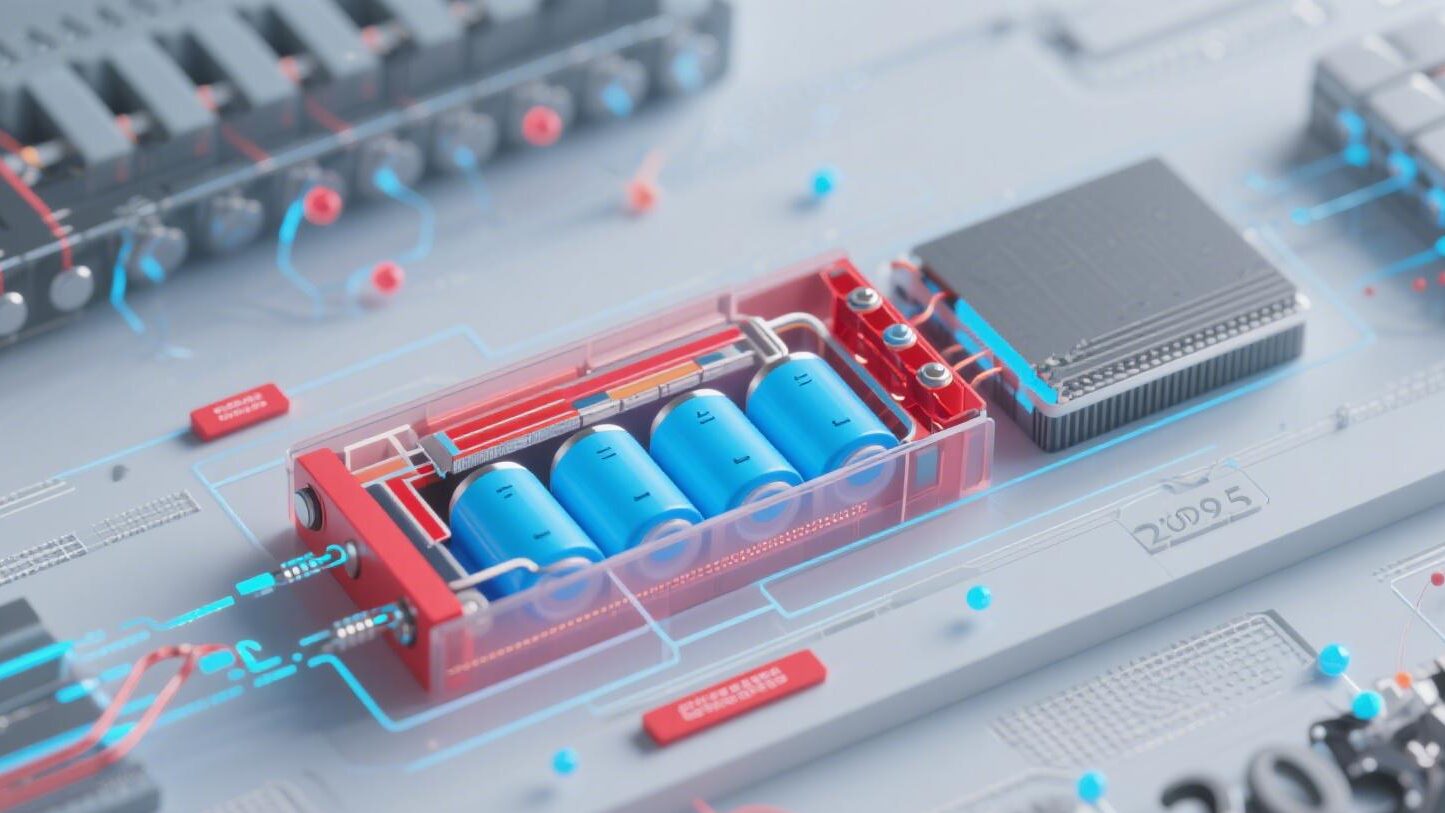
IV.Future Interface Engineering: China’s Solid State Battery Breaking Points
1. Electrolyte Innovation
- Phoenitronics: In-situ polymerized interface layer → 87% reduction in solid-solid contact impedance
- Tsing Tao Energy: LLZO/LATP composite electrolyte → room temperature conductivity up to 6.3mS/cm
2. Bionic SEI design
- Ganfeng Lithium: Artificial SEI membrane (LiF/Li₃N gradient layer) → Cycle life increased to 2000 cycles
- Theoretical breakthrough: Institute of Physics, Chinese Academy of Sciences reveals SEI dynamic evolution mechanism (Science 2025)
Conclusion: Working Principle Determines Performance Ceiling
When the de-solvation energy barrier is depressed by FEC additives by 0.3eV, when artificial SEI keeps lithium losses to 0.5nAh/cycle – every evolution of the lithium battery is a deeper taming of the laws of ion migration.
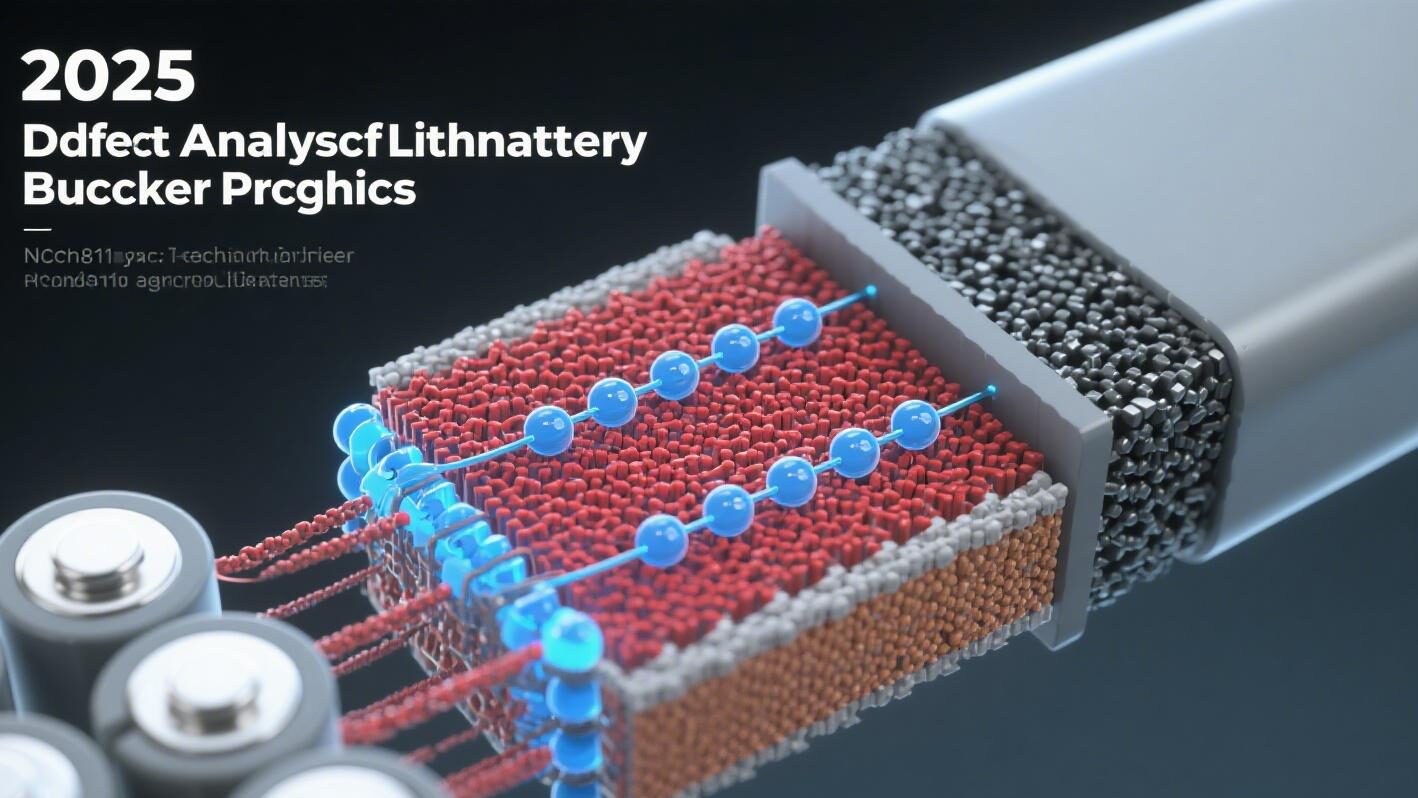
The ultimate law:
\eta_{cell} = \frac{\text{actual discharge energy}}{\text{theoretical chemical energy}} = f(\text{interface engineering}, \text{material design}, \text{BMS accuracy})
(Battery efficiency as a function of three major technical variables)
As a cell design engineer, I am a firm believer that there is no such thing as a perfect chemical system, only engineering ingenuity that keeps pushing the physical limits. The Chinese team’s innovations are compressing lithium ion migration loss from 15% to 5% – that 10% gap is the battleground for the next generation of batteries.


